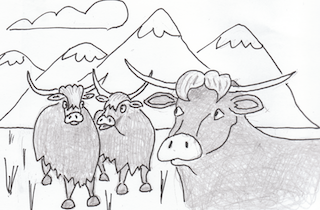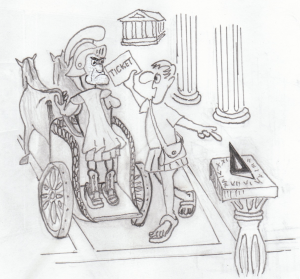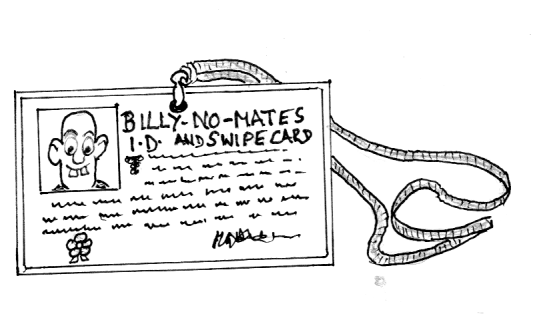Toupees, wigs and hairpieces never being the same colour as the wearer’s remaining hair
This is in accordance with the law of the land as explained in the following extract from ‘The QUOT History of England’ by Vernon H Piecemeal . “The drawing up of Magna Carta in 1215 was not the rushed slapdash affair depicted in some historical accounts but the result of long drawn out negotiations between King John and the English Barons. The result of dragging it out was that the barons had all the more time to think up new demands for rights and freedoms to add to the list . Among these later additions were rights to whistle on Sundays , to keep one thumbnail long for cutting things and to wear false moustaches and wigs. This latter demand nearly proved a deal-breaker as it was widely known ( though never mentioned) that the king himself sported a particularly luxurious hairpiece and was until then under the impression that nobody knew he was actually ‘ bald as a Canute”. It was introduced at the last minute by one of the knights of the shires , Wulfric the Bald ( or ‘Slaphead Wulf ‘ as the others called him ) and it so distressed the king that – regarding it as a humiliation too far – he refused to sign the Charter for another few days. A face-saving deal was finally brokered in which the Barons were granted the right to wear wigs provided they weren’t the same colour as the king’s. Thus , to add to the medieval rights of Soccage and Scutage was established the right of ‘Plumage’ but when the small print came to be written into the Charter the words ‘as the king’s ‘ were omitted by a careless scrivener , thereby confusing later judiciaries as to the meaning of the phrase ‘ the same colour’

The same colour as what?’ A High Court ruling in the case of Frogmarsh Dyers versus the Worshipful Company of Wigmakers (1324) established that it meant ‘the same colour as the real hair of the wig-wearer ‘ which then became the law of the land and has not been contested since.”
(Doug Slime, Berkhamsted) - QQQQ*

